
A colleague gives you a report (or letter or proposal …), asking for your feedback. It’s now suddenly on you to make their document great.
Maybe you’re a team leader, who has final sign-off on everything your colleague writes. Or you might just be asked by a friend at work who’s stuck and desperately needs your help.
Where should you begin?
You could cover their document in the virtual equivalent of red pen – maybe carving it up with comments and suggestions in Word, or sending a long bullet-point list of things to change in an email.
But are you sure what you’re saying will really help them communicate better?
Most of us have never had training on how to give effective, supportive and useful feedback on writing. So it’s all too easy to slip into simply pointing out what’s wrong. And that kind of feedback often gets a frosty reception – making it a thankless task that will make your heart sink next time round.
So in this post, I’ll show you how to give feedback that helps your colleagues write the best possible documents – without putting them on the defensive.
What feedback isn’t
Feedback isn’t about trying to spot as many errors as possible. It can be tempting to treat it this way, though, because errors are among the easiest things to spot. If someone has misspelled something, or used punctuation in a way that (you think) is incorrect, that’s going to jump out at you.
But it’s not a good idea just to come up with a long list of things that someone has to ‘fix’. It’s daunting for anyone to receive a list of nothing but problems with their writing, and it won’t do anything to build their confidence.
It’s also very unlikely to result in a great document. Indeed, treating the process as nothing but a typo-finding mission is a bit like rearranging deckchairs on the Titanic.
Feedback needs a clear goal
So if feedback isn’t just a list of errors, what should it be?
The best kind will help writers to communicate better with their readers. You can help by checking your writers know the answers to three big questions: What am I trying to achieve with this document? Who is the document for? What am I really trying to say?
Yes, it’s much harder to pin down why a document is a bit dull or confusing than it is to find typos or things that violate your personal style (like putting two spaces after a full stop). But digging into these questions is much, much more valuable – it’s this kind of investigation that will help your team produce documents that people will actually want to read.
Get in early
One of the worst times to critique a longer document is when it’s completed. If things have gone awry, you’ll be faced with a big mess to unpick, usually with big structural errors that make it very difficult to give specific – or particularly positive – feedback. Worse, you’ll know your team has wasted hours writing the wrong thing.
You can prevent this by getting in at the planning stage. For complex documents, ask to see a plan – especially if you suspect a lack of planning is one of your team’s problems. And make sure everyone contributing to the document can answer the three questions above.
Encouraging people to seek out your comments earlier on can be tricky. After all, it’s human nature to want to minimise the chances of getting negative comments on whatever we’re working on. So how can you encourage people to ask for feedback?
Find the positive
The key is to turn what people generally expect to be a negative experience into a positive one.
Too often, people treat this sort of evaluation as a chance to show how much they know about a subject – or to justify the fact that someone asked them for feedback in the first place. But nothing’s more disheartening than to invest hours in a report to simply be told ‘you’ve split an infinitive on line eight’.
It might sound obvious, but if a piece of writing is good, say so. And be specific: clarify exactly what you liked about it, so you reinforce those strengths.
This doesn’t mean, of course, that you can’t also give constructive criticism. But when you’re discussing things that need to change, don’t just tell your colleague what they should do. Instead, ask questions to get them thinking about it themselves.
For example, if you’ve encountered a piece of jargon and you’re not sure if the audience will be familiar with it, ask the person who wrote it: ‘Are you sure the person reading this will understand this term?’
Getting your colleagues to actively engage with this process is much more valuable than just rewriting the sentence without any explanation. You’ll be empowering them and helping them to develop their skills, as well as making the most of their knowledge on the topic at hand.
Pay attention to yourself
You’ll naturally have more distance from the document than the person who wrote it will – and that’s a good thing. When we write something, we tend to be too close to it to be able to spot mistakes or anything that’s missing, because we know what should be there. This is why professional writers always have editors.
So, use this distance to your advantage.
Pay attention to your thoughts while you’re reading. Normally, when we come across something we don’t quite understand in a piece of writing, we keep reading until we find information to help us work out what it means. But remember that this is a different kind of reading – you need to take note of these bumps and kinks in the document’s flow as you encounter them, so you can work with your colleague to smooth them out.
Also note anything that could impede understanding – such as jargon or sentences that are back to front. You’re also looking for breaks in the flow of ideas – gaps in the argument or parts that don’t quite follow, or points where new ideas or sections are introduced without warning.
And remember: don’t just leap up and tell people they’re wrong.
Teamwork
OK, most people wouldn’t put feedback sessions at the top of their list of favourite pastimes. But let’s try to turn their reputation around. Ultimately, by working collaboratively and helping people achieve the aims of their document, rather than just listing their mistakes, you’ll give them feedback they’ll want to receive.
Image credit: doomu / Shutterstock
Subscribe
Expert advice to your inbox

